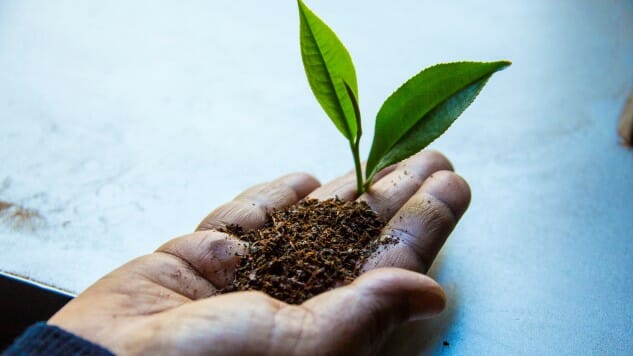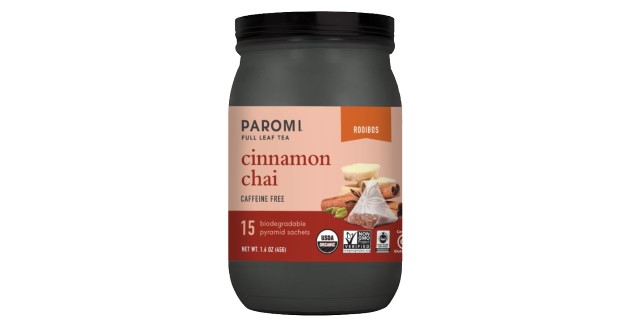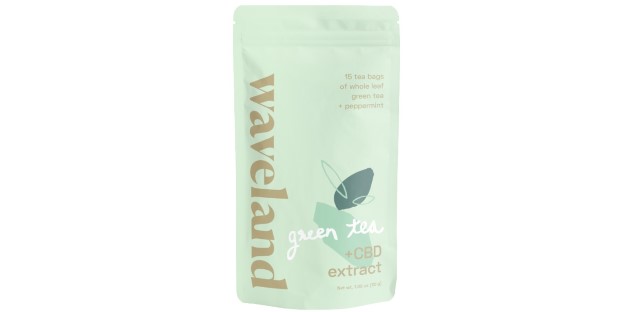Exploring the Wild Fringes of the Tea-scape
Photos via Getty Images (EyesWideOpen), Joya, Paromi Tea, Waveland
If there is a plant that can touch the European grape for “single species, infinite variety” creds, it’s probably Camellia sinensis, the shrub we know as tea. This one species yields an astonishing array of drinkable expressions, from ceremonial matcha to have-it-with-everything Earl Gray, smoky Lapsang Souchong to delicate Bai Mudan. And that’s before you even get to the ridiculous range of variants that come from adding other plants to the mix-stimulant yerba mate, adaptogenic rooibos, the array of warming, digestive tonic spices that go into traditional Chai and the innumerable botanicals from which we make herbal tisanes with both medicinal and purely aesthetic values.
Tea is a miracle substance, both more social than coffee and more introverted. It’s incredibly healthy and, unlike coffee or wine, that’s not really predicated on “in moderation.” Tea is gentle enough that moderation is 100% optional, but that doesn’t mean it isn’t powerful. The plant contains theine, a caffeine analogue, but in much lower concentrations than you’ll find in coffee-tea should be considered a stimulant, but it’s such a low-key one that most people can drink it all day. The health benefits of tea are pretty well documented, though I doubt science has identified all of them-we know habitual tea drinkers enjoy improved mental clarity, reduced heart disease and cancer risk, and green tea in particular can safeguard tooth and bone health. It’s a pretty amazing substance.
Tea is every bit as much of a monomania-inspiring deep-dive lifelong-investigation thing as wine, and people get every bit as snobby about what “good” or “fine” tea really means. And if that is your thing, great. Meanwhile, I’m going to say we like what we like and we don’t have to justify it. Personally, I appreciate a vanishingly rare, extra-exquisite mountain oolong from Taiwan as much as anyone. But if what I have is bagged cinnamon-spice-thingy from The Good Earth? Awesome too; that stuff’s delicious and seriously takes the edge off if you’re hungry. There’s a tea for every situation and if we are being honest not every situation calls for vanishingly rare and extra-exquisite.
I absolutely love tea as a holiday gift-there’s something uniquely lovely about finding a beautiful tea in a stocking or fielding it as a hostess gift. To me, it conveys a different social message than wine does, and in a really good, needful way: giving someone a thoughtfully selected tea will likely make them feel uniquely taken care of. It’s one of the great feel-good gifts as far as I’m concerned. A few to look out for:
Joya

-

-

-

-

-

-

-

-

-

-

-

-

-

-

-

-

-

-

-

-

-

-

-

-

-

-

-

-

-

-

-

-

-

-

-

-

-

-

-

-










































